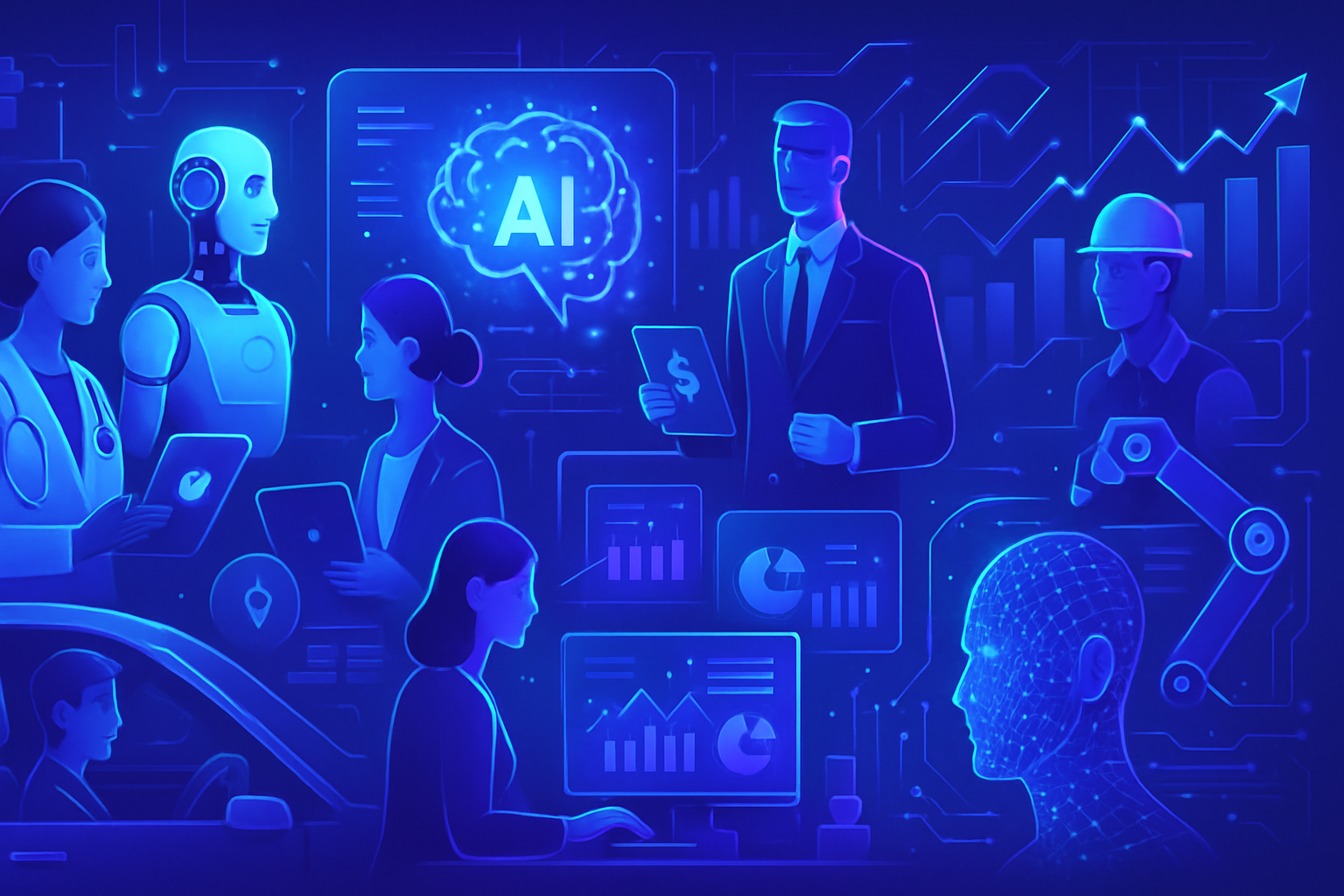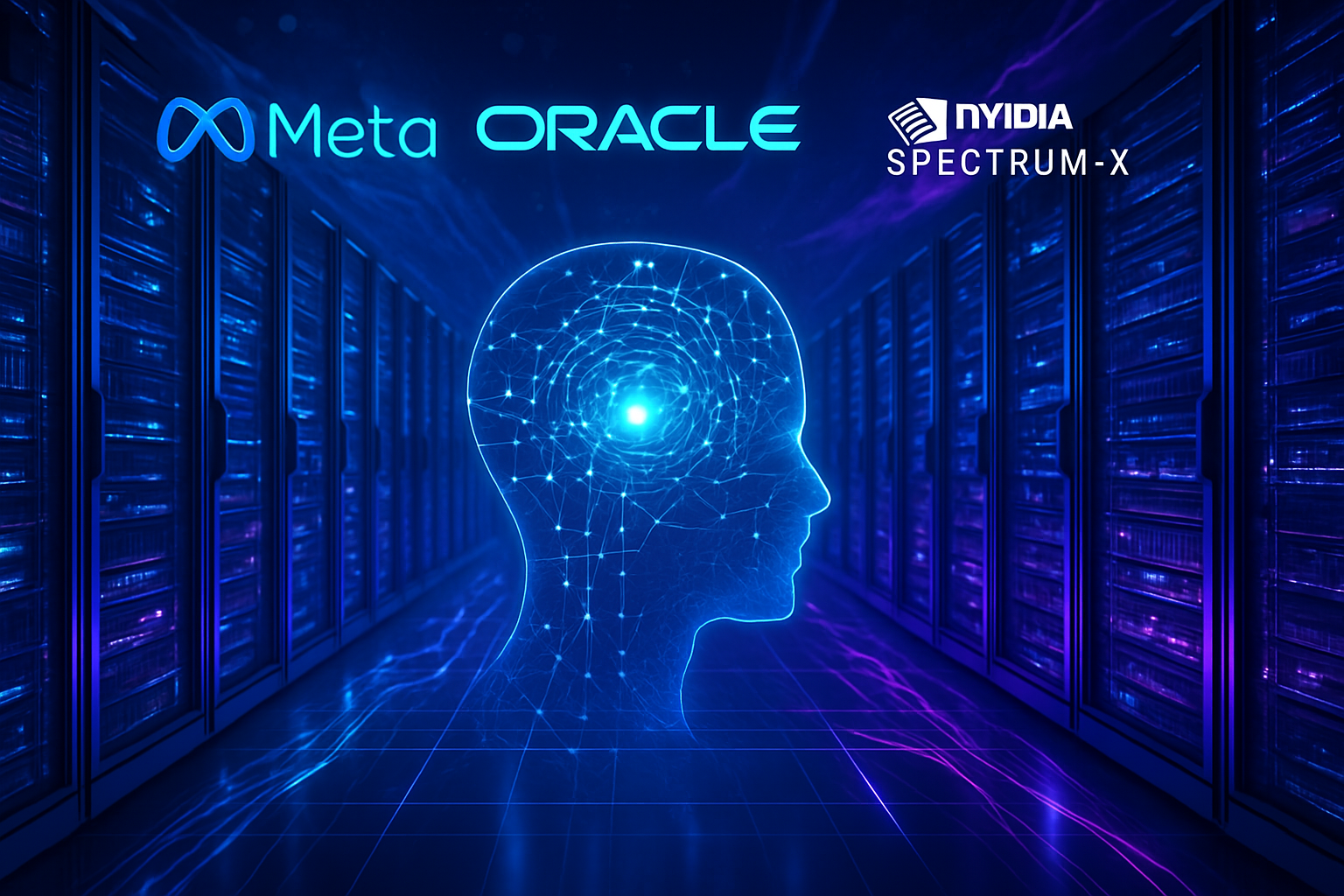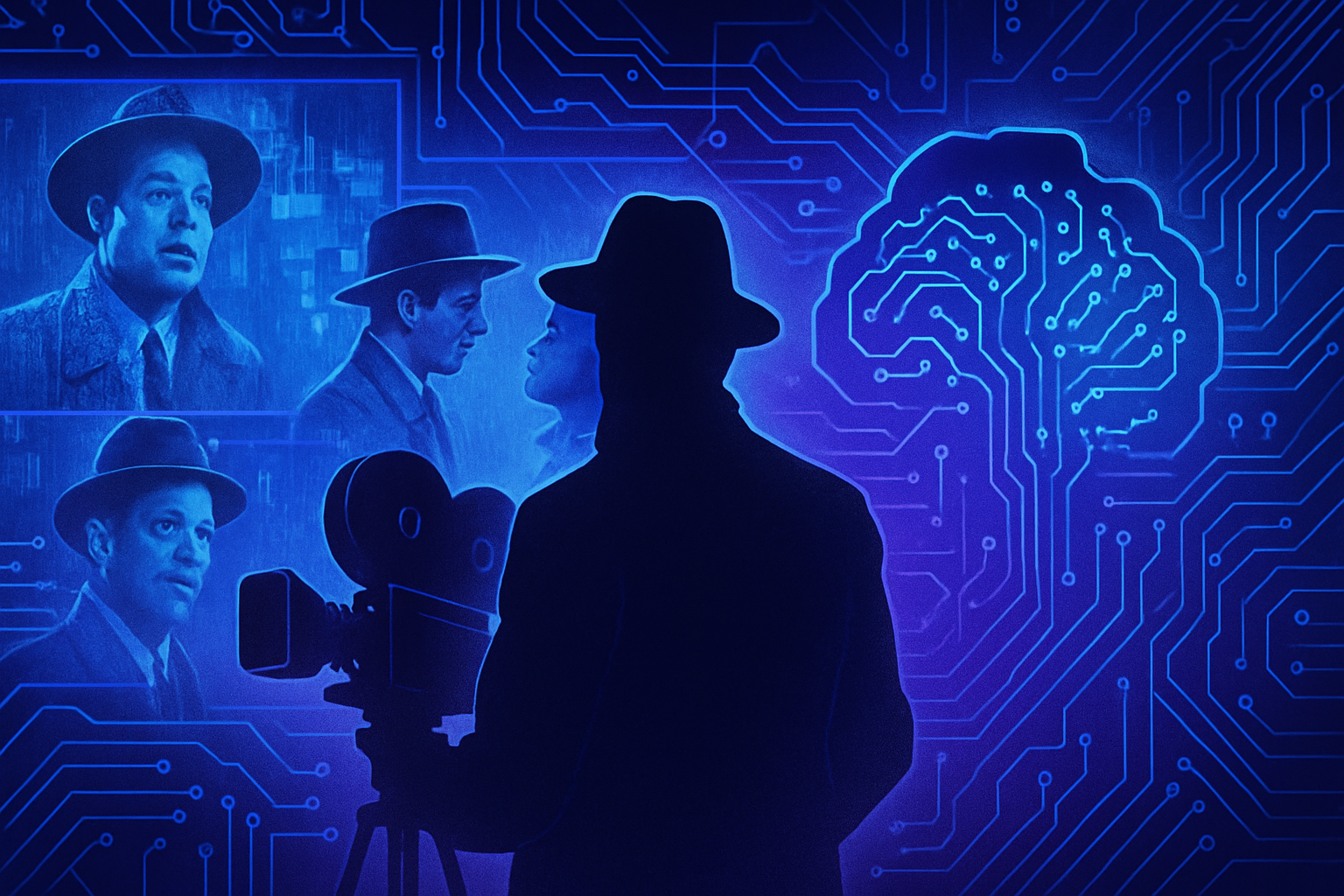The era of artificial intelligence is inexorably redefining the professional landscape, profoundly transforming existing jobs. Many are true artisans of knowledge who are already experiencing this shift. Recent data reveals a notable transformation of professions due to the impact of generative AI.
Interpreters and translators, genuine pillars of communication, find themselves at the forefront of this list. Similarly, writers and sales representatives must adapt in the face of these innovative technologies. A careful assessment has identified the professions most exposed and the least likely to undergo this technological revolution.
The professions most affected by AI
Results from a recent study conducted by Microsoft reveal the occupations considered most susceptible to being affected by the rise of generative artificial intelligence. Interpreters and translators top the list, followed by historians, writers, and sales representatives. These roles frequently require skills in writing, information gathering, and client communication, areas where AI excels.
Customer service representatives are also mentioned among the most impacted professions. Their work, centered on regular interactions with clients and problem-solving, could be facilitated by automation technologies. Technical writers, editors, and public relations specialists are other examples of jobs likely to undergo significant transformation due to the capabilities of AI systems.
Impact of AI on the labor market
More than 8.4 million workers currently occupy positions among the forty most exposed to disruptions caused by AI, according to the study. Concerns about the disappearance of certain jobs are growing, with surveys showing increasing distrust towards the impact of automation on the job market. A projection from MIT anticipates the loss of 1.6 to 3.2 million jobs in the United States over the next two decades due to AI automation.
The professions least affected by AI
In contrast to threatened jobs, physically demanding professions or those requiring specialized equipment remain largely unaffected by AI. Dredging operators, bridge agents, and operators of water treatment stations and systems received no AI applicability score. The manual and interpersonal nature of these occupations grants them notable resistance to automation.
Other low-risk jobs include roofers and massage therapists. Health-related professions, such as phlebotomists and nurse aides, also display low scores, reflecting the indispensable human interactions inherent in their practice.
Possible consequences and regulations
The tension between technological innovation and job protection prompts reflection on the role of AI in the future of work. Although several legislative initiatives, such as the No Robot Bosses Act and the Stop Spying Bosses Act, seek to regulate the use of AI in hiring decisions, vigilance remains essential. Laws passed by certain states, such as New York and Illinois, impose audits and disclosures on AI-based hiring tools, ensuring some protection for job seekers.
Federal incentives, notably those present in the CHIPS Act, encourage the rapid adoption of AI across various sectors, ranging from transportation to healthcare. Pilot programs in these areas could lead to the automation of positions held by drivers, technicians, and administrative staff.
Future perspectives with AI
Microsoft’s research highlights that AI assists in numerous tasks, particularly those involving research, writing, and communication. This capability showcases the potential for transforming work methods without AI entirely replacing jobs. Ongoing attention to studying the societal and economic implications of AI adoption thus appears essential.
To delve deeper into this topic, several resources, such as the project on technological transformation by generative AI, and the initiative on gender equality in technology, offer enriching perspectives on the current issues related to artificial intelligence.
These developments underscore the importance of a balanced approach to the challenges posed by artificial intelligence, in order to ensure a harmonious and inclusive future of work. Given the innovations and the evolution of occupations, there is no doubt that companies will need to adapt to leverage the advantages offered by AI while preserving human employment.
Frequently asked questions regarding the 40 jobs most likely to be transformed by AI
What are the jobs most at risk due to AI?
The jobs most at risk include interpreters, translators, writers, sales representatives, and customer service specialists. These roles are often associated with tasks involving writing, information retrieval, and communication, where AI excels.
How does AI affect the job market overall?
AI transforms the job market by automating repetitive tasks, which can reduce the need for workforce in certain professions, while also offering new opportunities in other technology-related fields.
Should workers in at-risk jobs be concerned about their future?
Yes, workers in the most impacted jobs should be attentive to technological changes and consider developing new skills to adapt to a rapidly evolving market.
What measures can be taken to protect workers from the impact of AI?
Legislation such as the No Robot Bosses Act and the Stop Spying Bosses Act aims to regulate the use of AI in hiring decisions, thereby ensuring a certain level of protection for workers.
Which jobs are the least affected by AI?
Physically demanding jobs or those requiring manual skills, such as dredging operators or massage therapists, are considered the least likely to be impacted by AI.
What is the role of lawmakers in response to the transformations caused by AI?
Lawmakers seek to protect workers by enacting laws governing the use of AI, while also exploring the societal and economic implications of automation.
How can AI actually transform existing work tasks?
AI can help improve task efficiency, reduce time needed for analyses, and automate routine interactions, while still not fully replacing human roles.
What skills should be developed in an increasingly AI-dominated world?
Skills in data analysis, critical thinking, creativity, and the ability to interact with AI systems are becoming increasingly valued in the job market.
Are training programs available to help workers adapt to AI?
Yes, numerous organizations and companies offer training programs to help workers acquire the necessary skills to remain competitive in a changing job market.






